The future of motorsport: ADAC presents technology-open XT1 concept
ADAC e.V. presented an innovative concept for the technical regulations for GT and touring car racing on Saturday in Hockenheim. The XT1 concept will see the ADAC set new benchmarks for the motorsport of the future: open to new technologies, sustainable and production-relevant. XT1 is all about taking a totally new approach to drive technologies in motorsport. It allows fair competition between different drive types – whether combustion engines with E-fuels or hydrogen, battery or battery cell – in a “Battle of Technologies”. The goal is to develop a set of regulations that combine equal opportunity and technical diversity.
Technology meets vision: The XT1 car concept
At the heart of the XT1 concept is a manufacturer-specific multi-purpose chassis with four electric motors and a total output of more than 1,000 hp. The energy source for the electric motors can be selected at will. For example, a “Battle of Technologies” could see energy provided by a combustion engine operating efficiently on E-fuel or hydrogen, by a battery, by a fuel cell, or by other technologies.
As innovative as the drive systems may be, the racing will remain pure: A car concept with little downforce and no electronic driver aids, combined with a high output of more than 1,000 hp, will really put drivers to the test. Spectators are guaranteed spectacular races right down to the final lap, as there are no plans to incorporate any energy management, which would otherwise limit the cars’ performance towards the end of the race.
“Open to technology, production-relevant and sustainable – XT1 is the ADAC’s concept for the motorsport of the future,” says ADAC Sport President Dr. Gerd Ennser. “With the groundbreaking XT1 concept, we are taking on a pioneering role by developing sustainable technical regulations that can be used internationally and that consistently incorporate production-relevant technologies. All automobile manufacturers are invited to get involved and work with the ADAC to develop a set of regulations from this concept.”
Balance between technology and fair competition
The basis of the XT1 concept is a multi-purpose chassis with four electric motors, which is suitable for two-door GT cars and classic four-door touring cars, depending on the manufacturer’s choice. The electric motors, inverter, transmission and central control unit with the “Energy Gateway” are standard components. The goal is to achieve a weight of 1,600 kilograms. In combination with an output of 1,000 hp, the lap times of the XT1 will be similar to those of current GT3 cars.
XT1 employs a “Balance of Technology” system, which gives the various different energy sources equal opportunity. This takes into consideration differences in weight, aerodynamics, energy consumption, and cooling needs. Standard components like the Vehicle Control Unit (VCU), electric motors, transmission and inverter ensure similar performance levels. In addition, aerodynamic windows, weight compensations and joint wind tunnel tests will be employed to achieve a fair competitive environment. The VCU provides torque curve for the electric motors, which can be adapted for any combination of car and drive concept. This makes for fair competition between the individual drive concepts. It also means that XT1 has no need for today’s widespread concept of car classification.
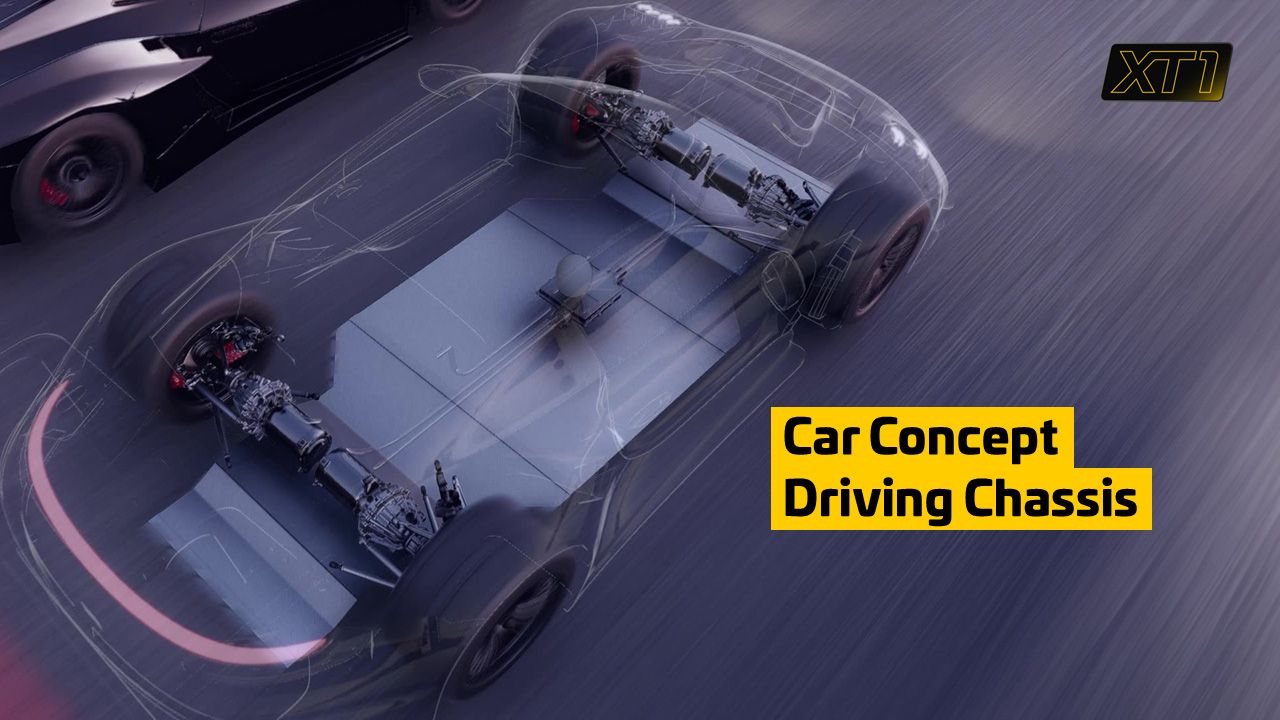
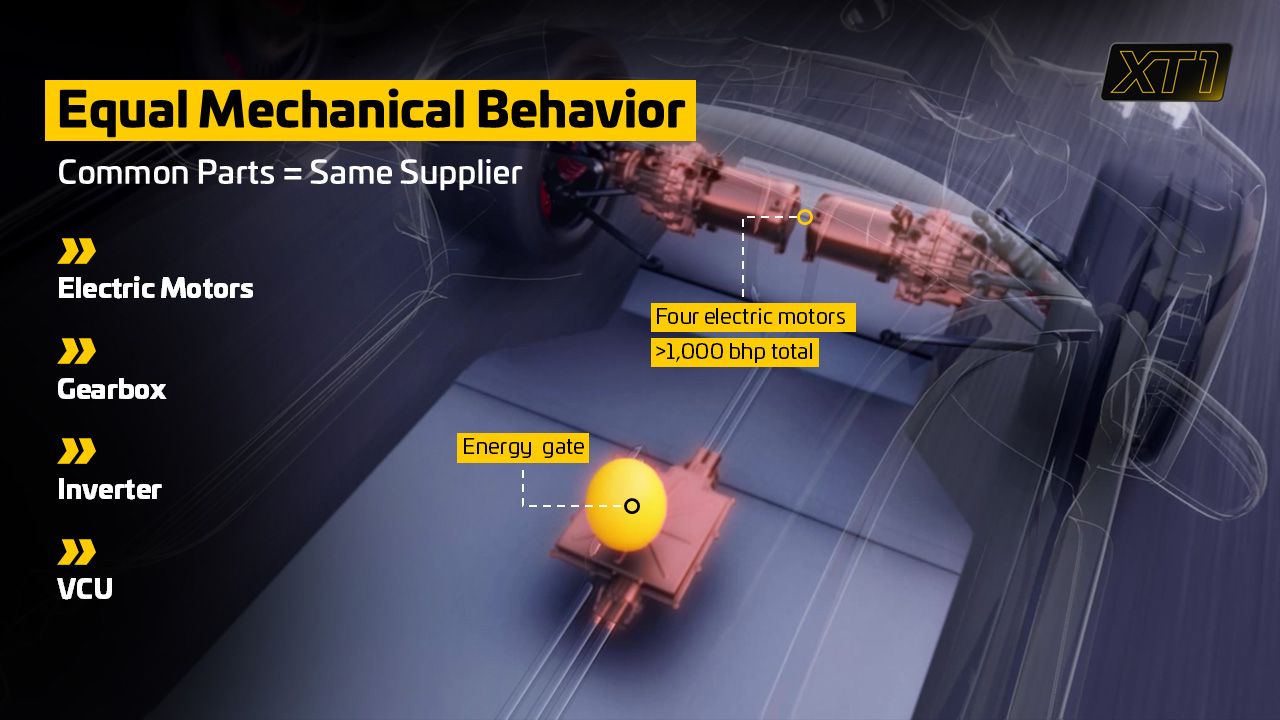
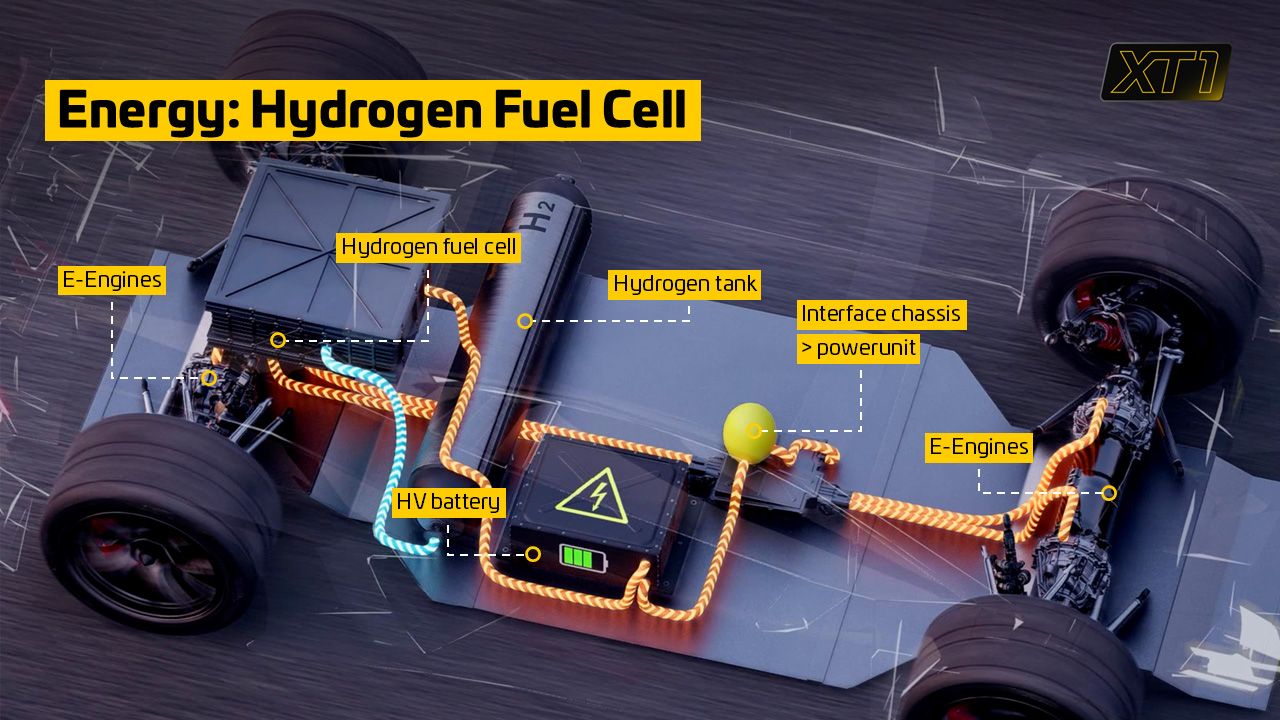
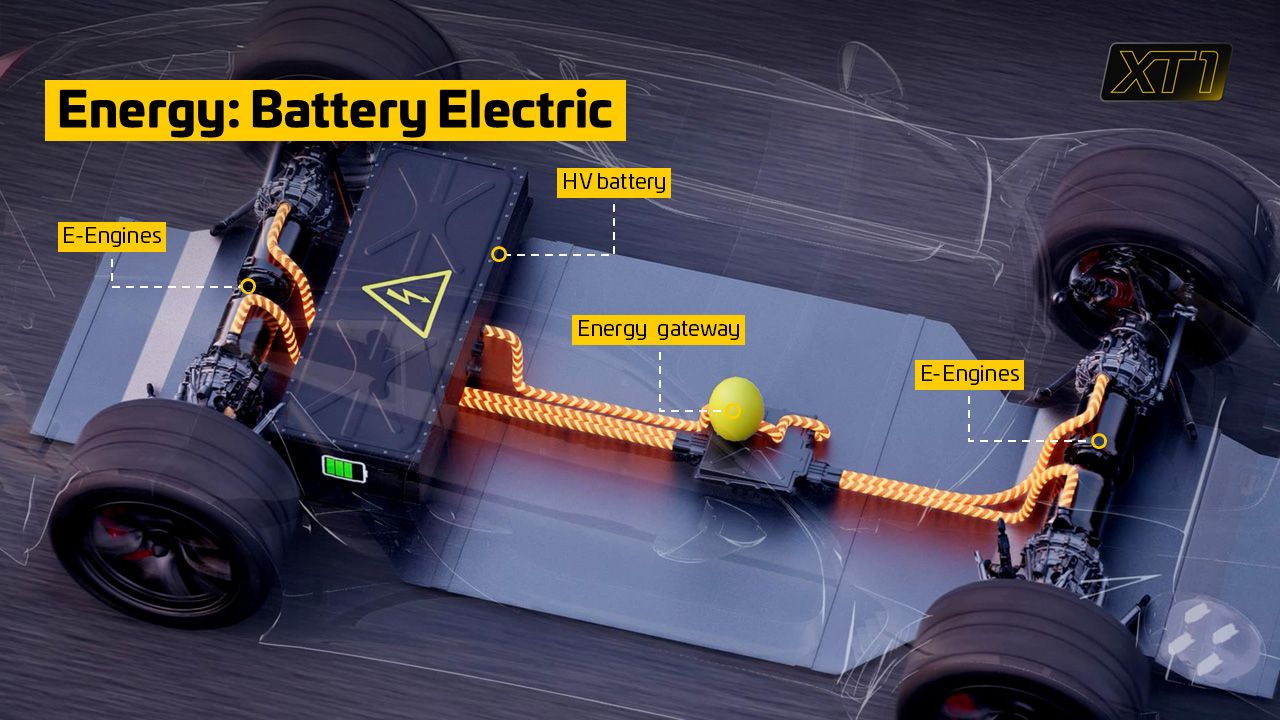
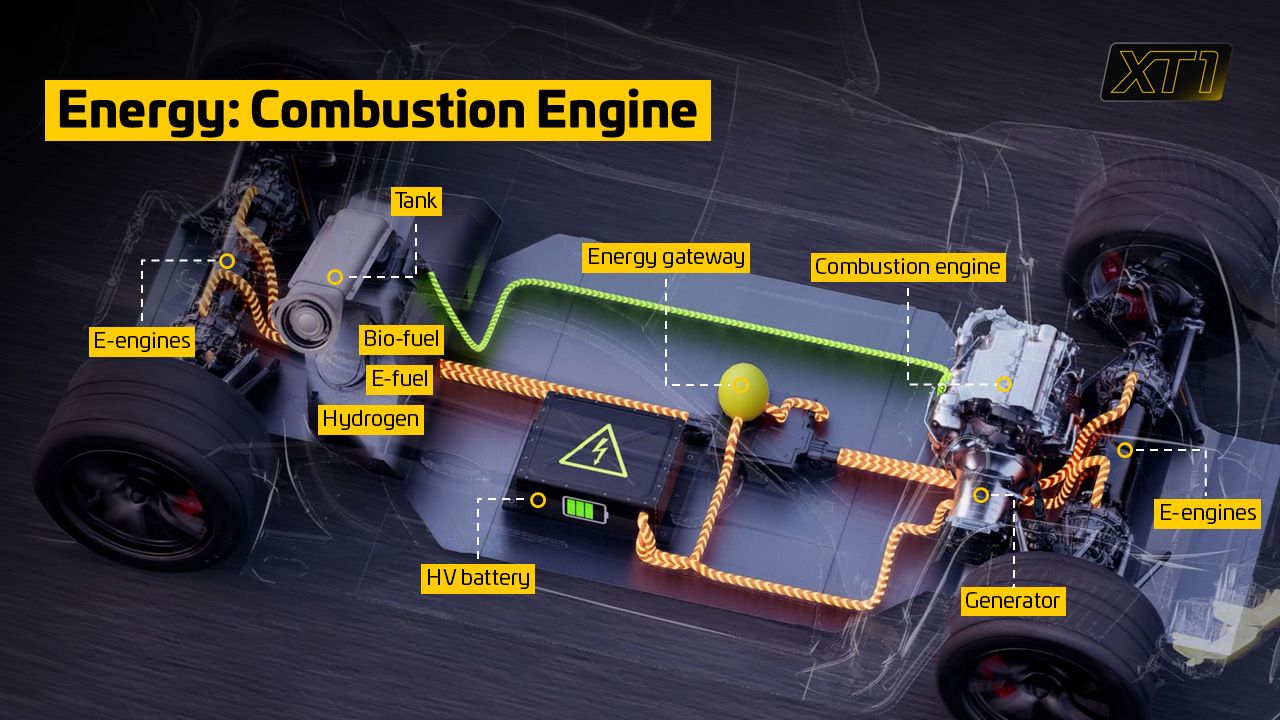
Flexible and global
ADAC Motorsport Director Thomas Voss explains: “When coming up with the XT1 concept, we took into consideration the needs of both works outfits and private teams. XT1 is not a racing series, but a concept that can be used globally and adapted in many ways. It is suitable for thrilling sprint races and – for the first time – 24-hour races with electrified powertrains. The concept does not replace any existing car class, but is seen as an enhancement to the current classes, which will be able to run joint competitions on one platform in the future.”
A technical work group with representatives of the ADAC and interested manufacturers will develop a set of regulations based on the concept by the end of 2026. After a subsequent test and development phase, races with cars in accordance with XT1 regulations will be possible from the start of the new decade.


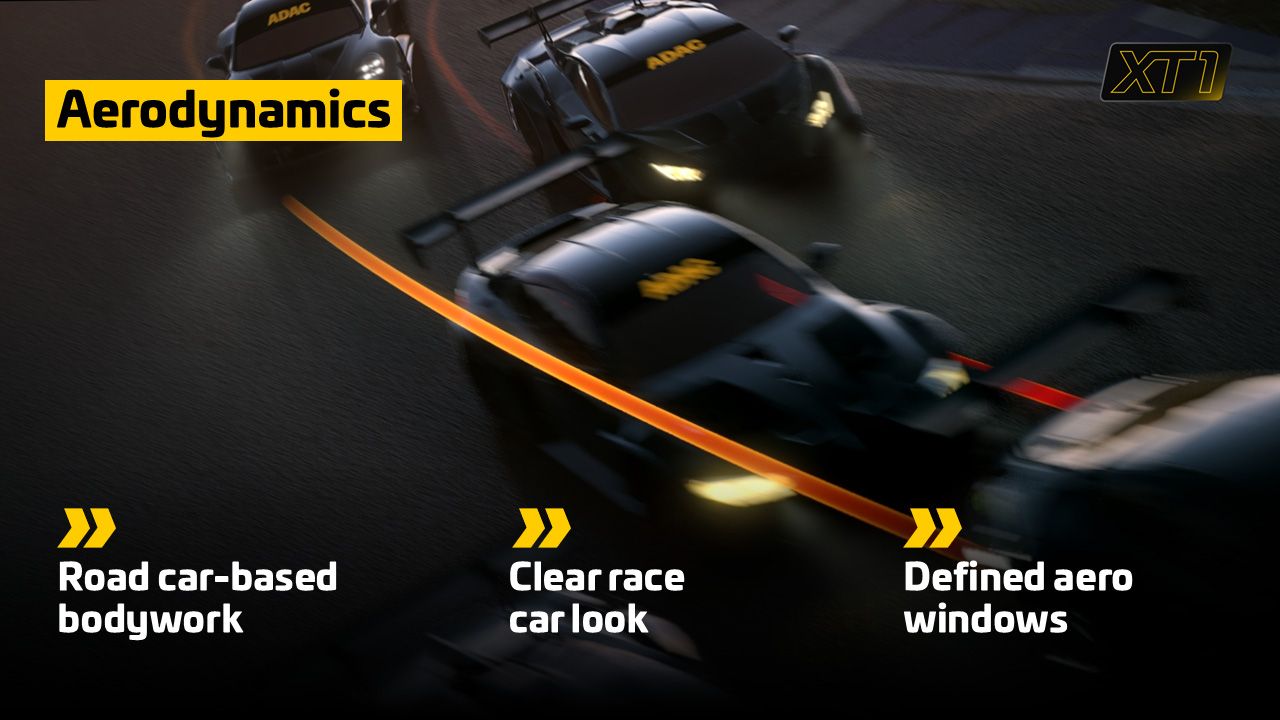
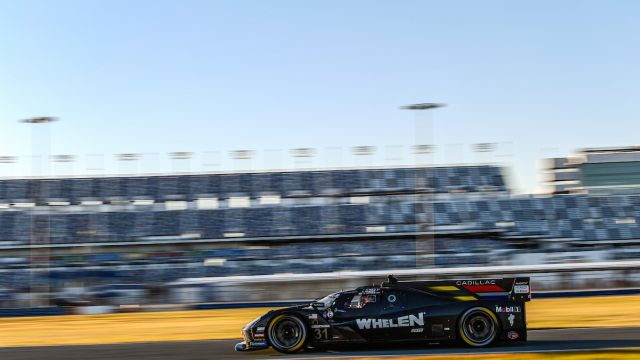
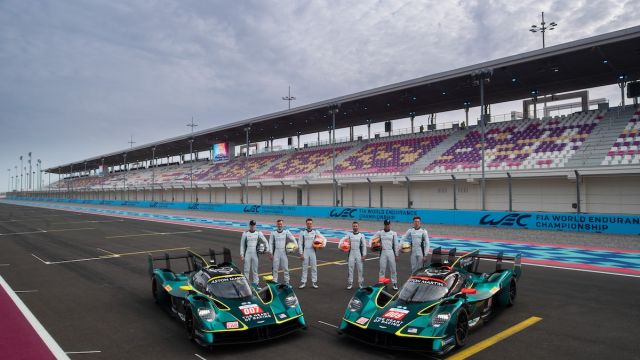
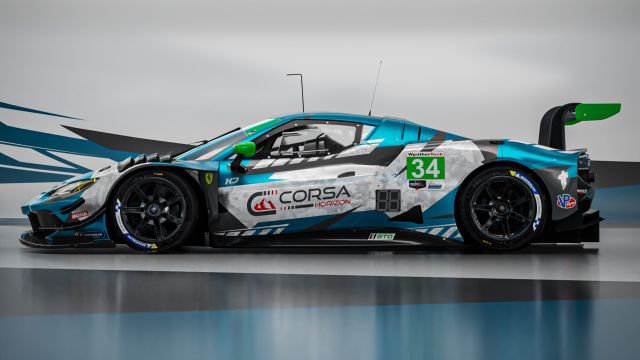
Comments
Log in to comment the article